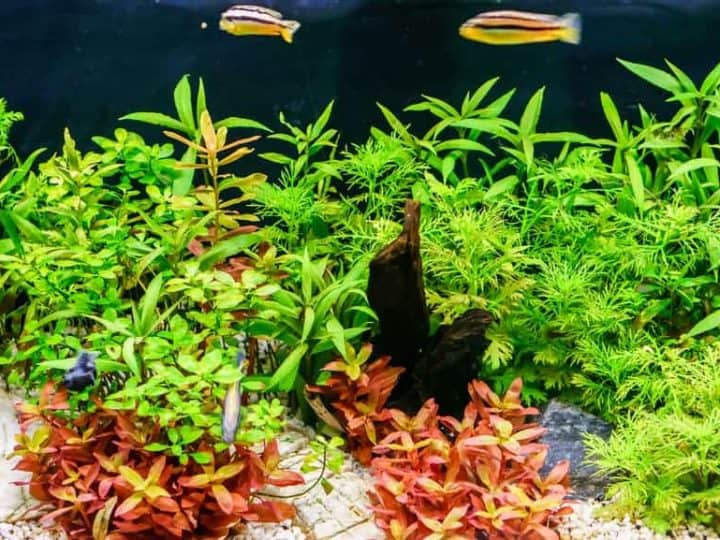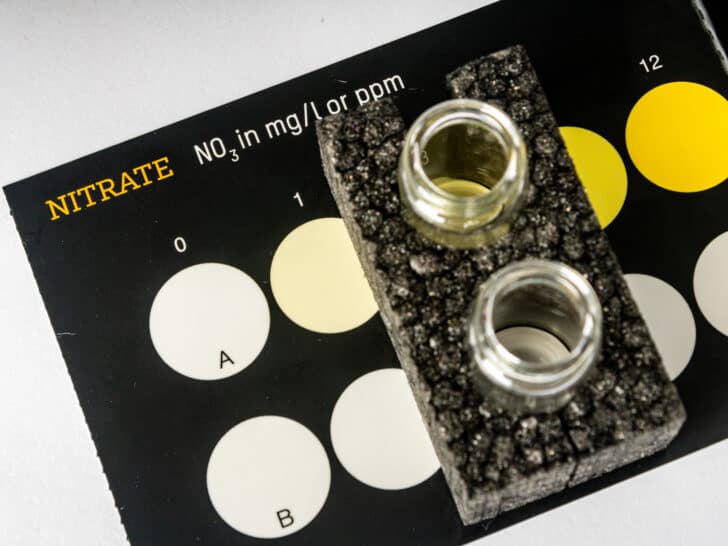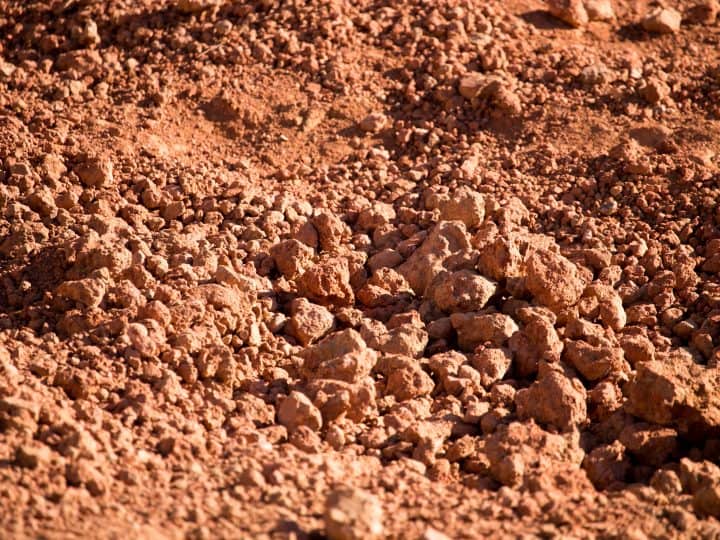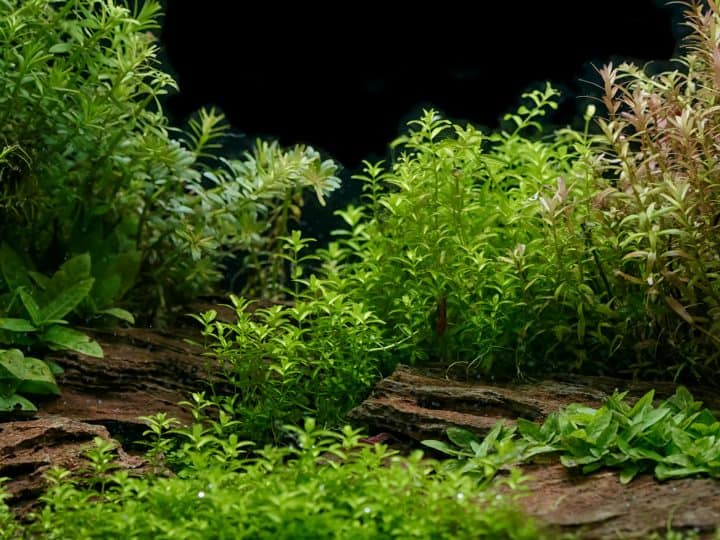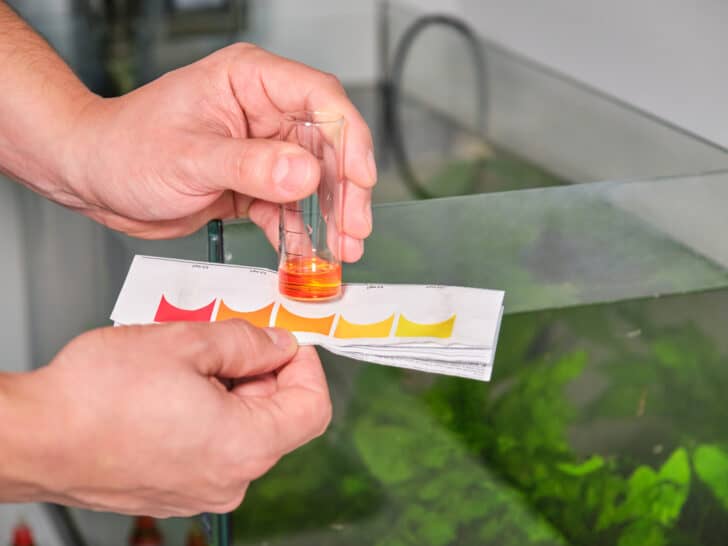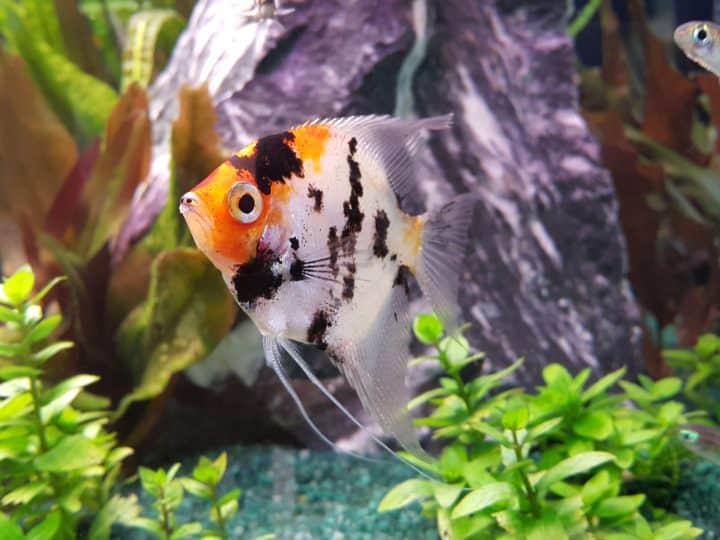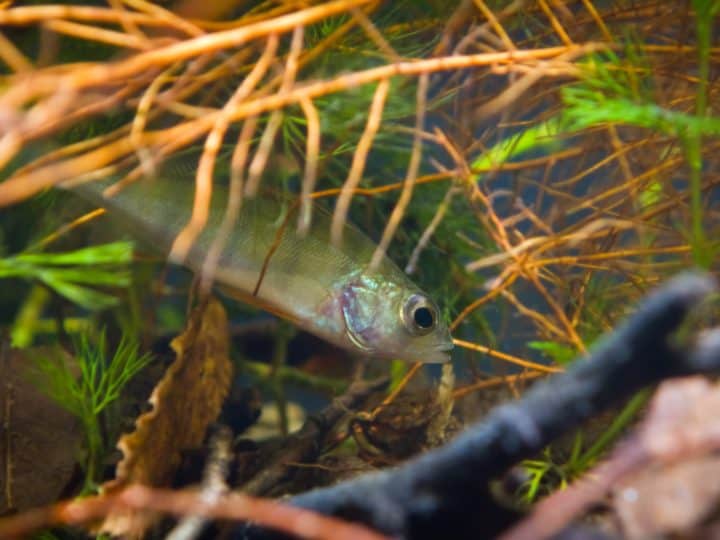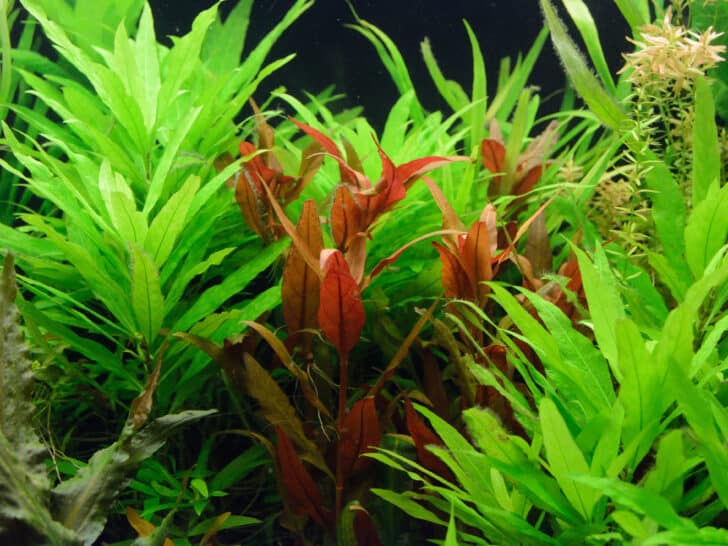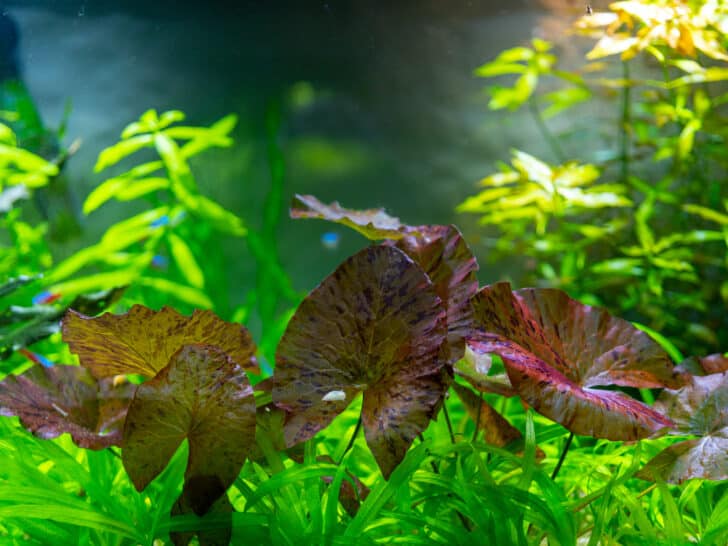Keeping aquarium plants healthy is quite a challenge sometimes. A big thing that people often ask is: can aquarium plants grow without CO2? A good question, as CO2 can be quite an investment to add to a planted tank.
Quick Answer
All aquarium plants can benefit from additional CO2. Although there are certain aquarium plants that can grow without any additional carbon dioxide, there are other aquarium plants that require CO2 injection. Whether or not your aquarium plants require CO2 depends on the plant in question.
Today, I’m going to teach you everything you need to know about aquarium plants and carbon dioxide.
Keep reading to figure out why plants require carbon dioxide to grow, as well as which aquarium plants are best to use for a low tech tank that does not feature any additional CO2 injection.
Can Aquarium Plants Grow Without CO2 – Do They Need it?
Technically speaking, all plants, whether aquarium plants or terrestrial plants, require some amount of carbon dioxide to grow.
Plants require carbon dioxide for respiration, which is otherwise known as photosynthesis in plants.
When there is light, plants will attempt to perform photosynthesis, which is when they use light energy and carbon dioxide to produce sugars, which enables them to grow, with oxygen being produced as well.
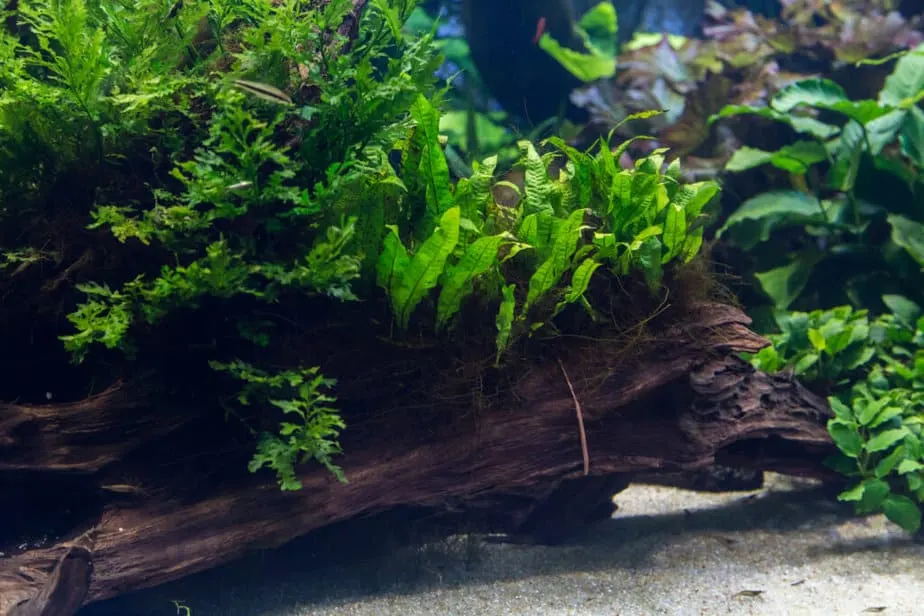
Without at least some carbon dioxide, plants cannot effectively engage in photosynthesis, therefore hindering their growth, and in some cases even leading to death.
In nature, plants get most of their CO2 from decaying plant matter and from the substrate, which is usually mud.
The issue is that in an aquarium, carbon dioxide is very limited, as the tap water you use to fill your aquarium doesn’t have much CO2, and you probably don’t have much degrading plant matter in the tank either.
The simple answer here is that yes, aquarium plants require at least some carbon dioxide in order to grow. However, this does not mean that all tanks require additional carbon dioxide injection. There are many aquarium plants that do fine with low carbon dioxide levels. There are also some steps you can take to ensure that plants grow properly in your tank in this regard.
Tips on Setting Up a Tank Without Additional CO2 Injection
Although there are many aquarium plants that require additional carbon dioxide, not all do, plus there are other steps you can take if you don’t want to purchase a CO2 setup. It does however start with choosing the right plants.
1. Choose the Right Plants
If you expect your aquarium plants to thrive without the additional injection of carbon dioxide, choosing the right plants to begin with is the most important step.
As mentioned above, there are some plants that that do not require additional carbon dioxide injection.
Exactly which plants are best suited for low tech tanks without extra CO2 is something I’ll take a closer look at below. Beware that if you choose all plants that require additional carbon dioxide injection, this won’t go so well.
2. Do Some Hardscaping
If you want to set up a tank without additional carbon dioxide, but you still want it to look amazing, using some hardscaping techniques is recommended.
This is when you take items such as rocks and driftwood that do not require any maintenance or nutrients at all, and create a nice looking landscape.
You can then plant and tie a variety of aquarium plants in, on, and around your hardscapes.
This has the effect of reducing the amount of aquarium plants that you need to fill out a certain space.
It still looks really nice, but you don’t have as many items in the tank that require carbon dioxide to survive.
3. Use High-Quality Aquarium Soil
One of the most important things that you can do if you plan on setting up an aquarium without additional carbon dioxide is to use high-quality aquarium soil as the substrate.
First of all, high-quality aquarium soil provides your plants with plenty of nutrients that they need to survive.
Furthermore, the organic decomposition of plant matter and the soil itself creates and releases carbon dioxide into the tank.
If you don’t plan on using an actual carbon dioxide injection system, this is one of the only methods of adding slightly more CO2 into the tank.
Plants that require high levels of CO2 tend to perform better in tanks that have soil as a substrate.
4. Use a Fairly Shallow Tank
Another trick here is to use a relatively shallow and wide tank.
The shallower the tank is, and the more surface area the water has, the more gas exchange there will be between the water and the air above.
This will in effect allow aquarium plants to more easily feed on the carbon dioxide present above the aquarium water, particularly if those plants end up growing above the surface.
5. Limit the Amount of Light
If you don’t mind your aquarium plants growing at a very limited pace, limiting the amount of light you provide your plants with may help.
The more light there is present in a tank, the more photosynthesis those plants will perform, and therefore the more carbon dioxide they will consume.
Therefore, theoretically speaking, limiting the amount of light in aquariums should also limit the amount of carbon dioxide those plants use.
That said, reducing the amount of photosynthesis your plants perform will also reduce their overall growth rate.
Aquarium Plants That Don’t Require Additional CO2
As mentioned above, this all starts with choosing the right aquarium plants, so let’s take a quick look at some of the best aquarium plants that don’t require additional carbon dioxide injection.
Java Fern
The Java Fern is one of the simplest aquarium plants of all, and it does not require additional carbon dioxide injection.
This is a perfect beginner plant as it is very hardy, it can handle different water conditions, and it’s just very resilient overall. It does best when tied to a piece of driftwood or rock.
Cryptocoryne
Cryptocoryne is a perfect candidate to plant in the soil of an aquarium that does not have additional carbon dioxide injection.
This is also a relatively resilient plant, and it makes for a great option for tanks that have fish which may eat other plants. It also thrives in a wide variety of conditions.
Anubias
The Anubias can easily grow in a variety of substrates and water conditions, including vastly differing temperature, PH, and light conditions.
It also does just fine without any additional carbon dioxide.
Amazon Sword
If you are looking for a big, green, and leafy plant that doesn’t require additional carbon dioxide and grows well in virtually all conditions and substrates, then this is one of the most beginner friendly aquarium plants out there.
Vallisneria
The Vallisneria is a fantastic background plant, with long and green leaves that can grow very tall.
It does just fine in many different substrates, it can handle varying PH and temperature levels, and it does not require additional carbon dioxide injection.
On the other hand, here is a list of fantastic aquarium plants that do require additional CO2 injection.
Conclusion
As you can see, it is absolutely possible to have an aquarium filled with plants without having a high-tech setup that adds additional CO2 into your water.
There are many aquarium plants that do just fine without additional carbon dioxide injection.
Moreover, if you follow the various types provided above, you shouldn’t have any problems on this front whatsoever.

